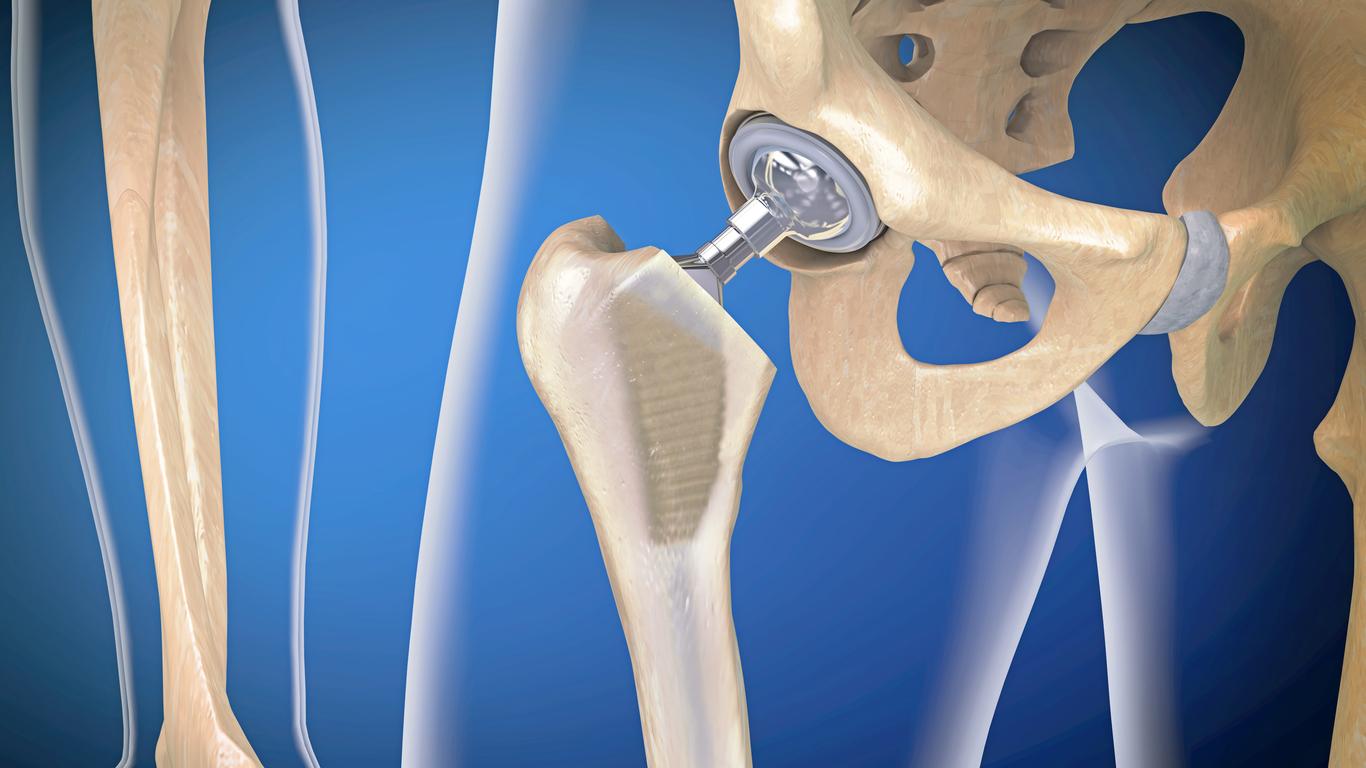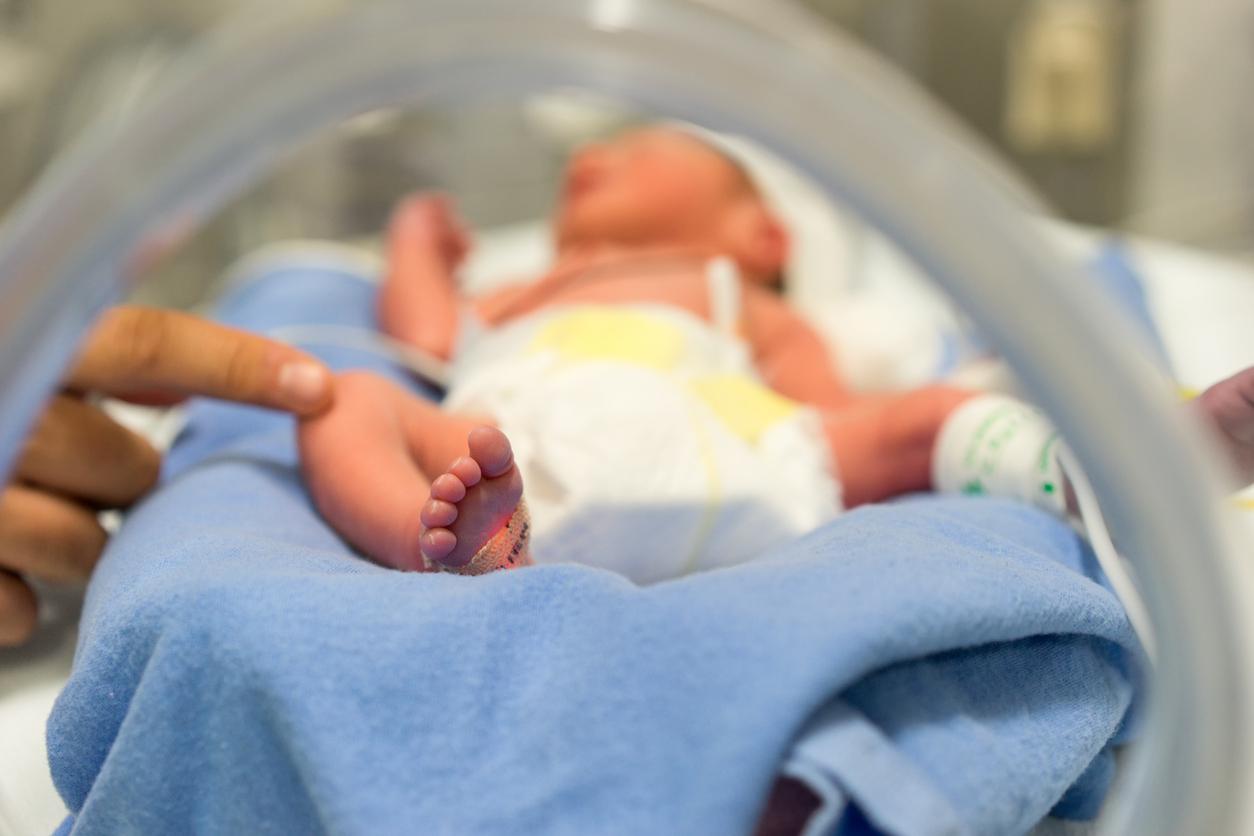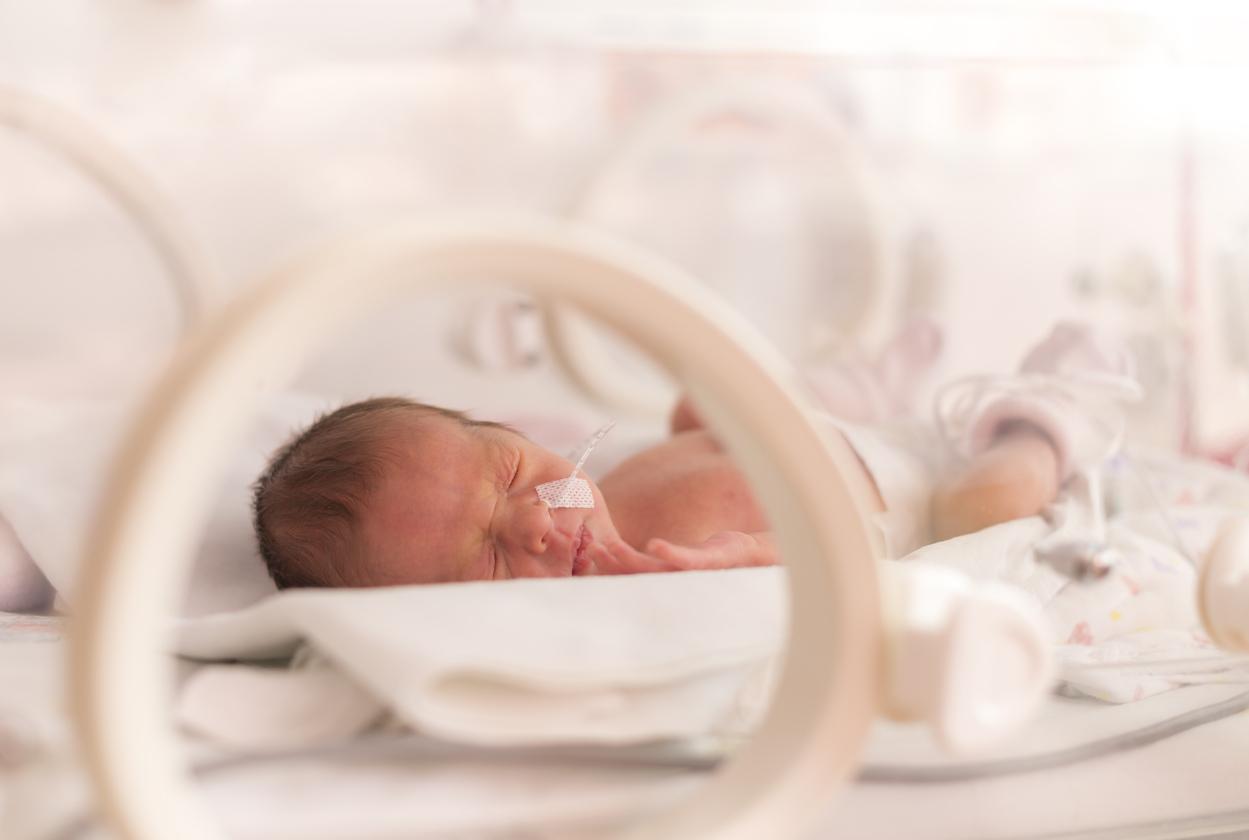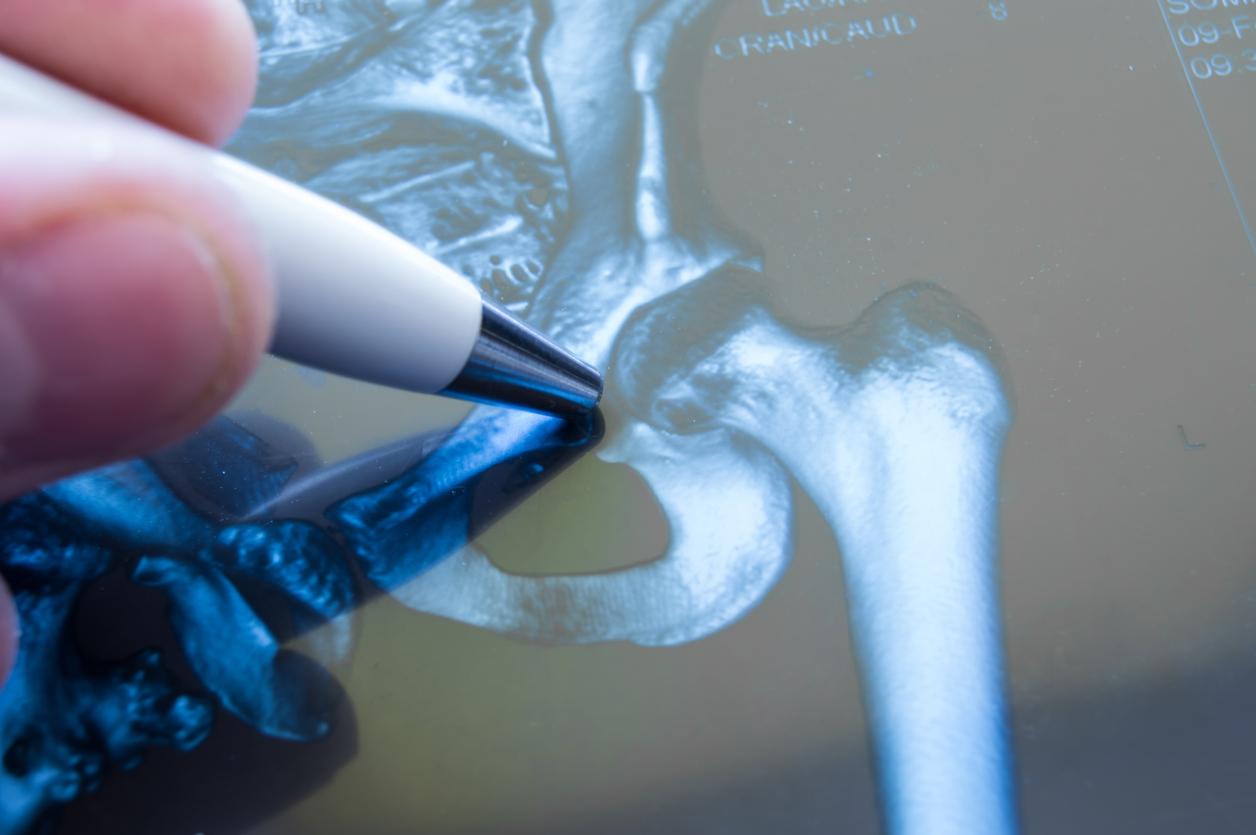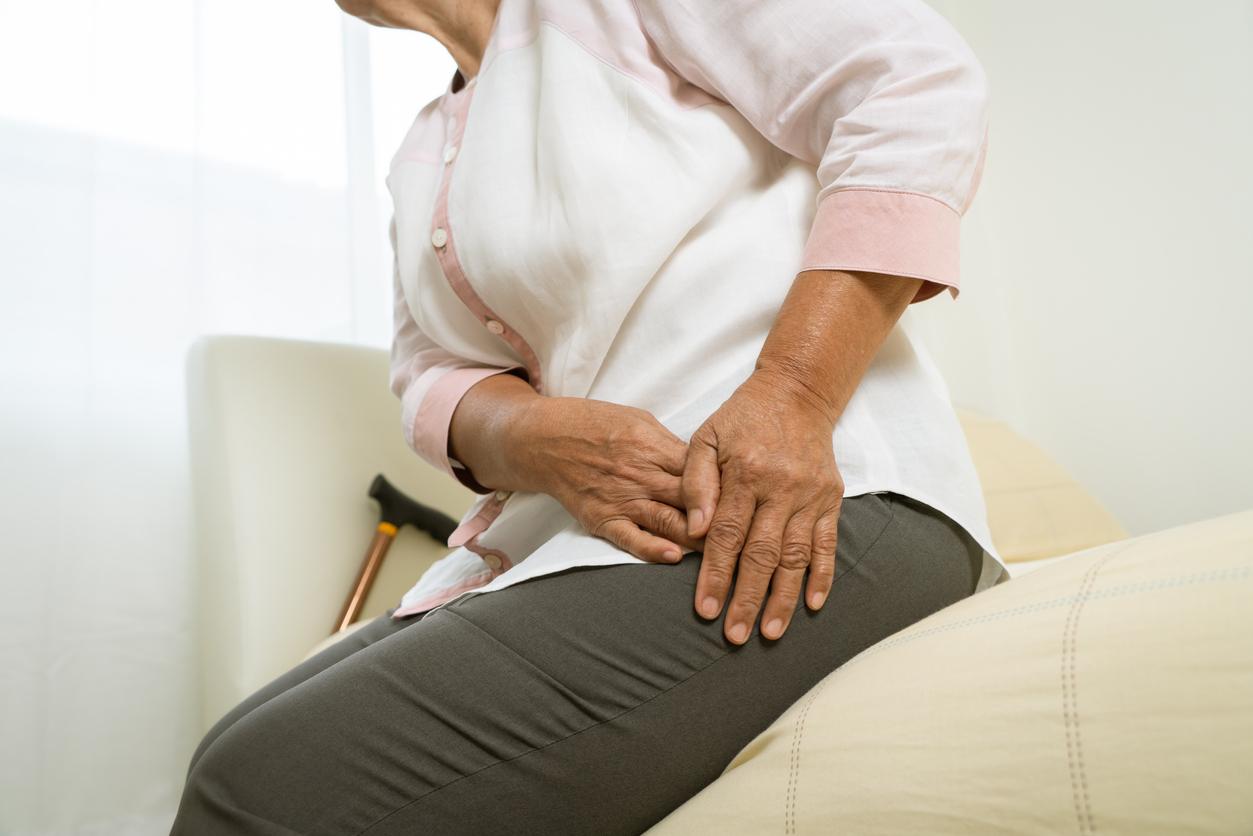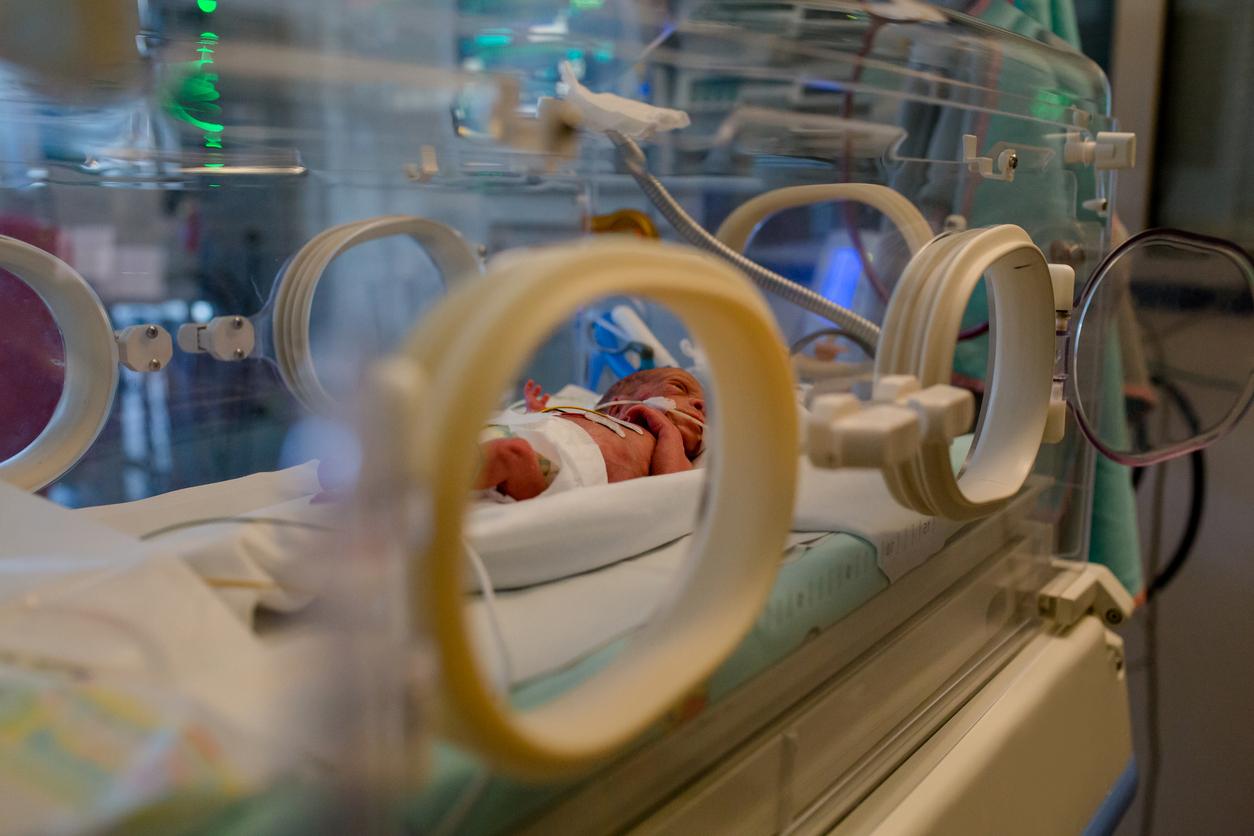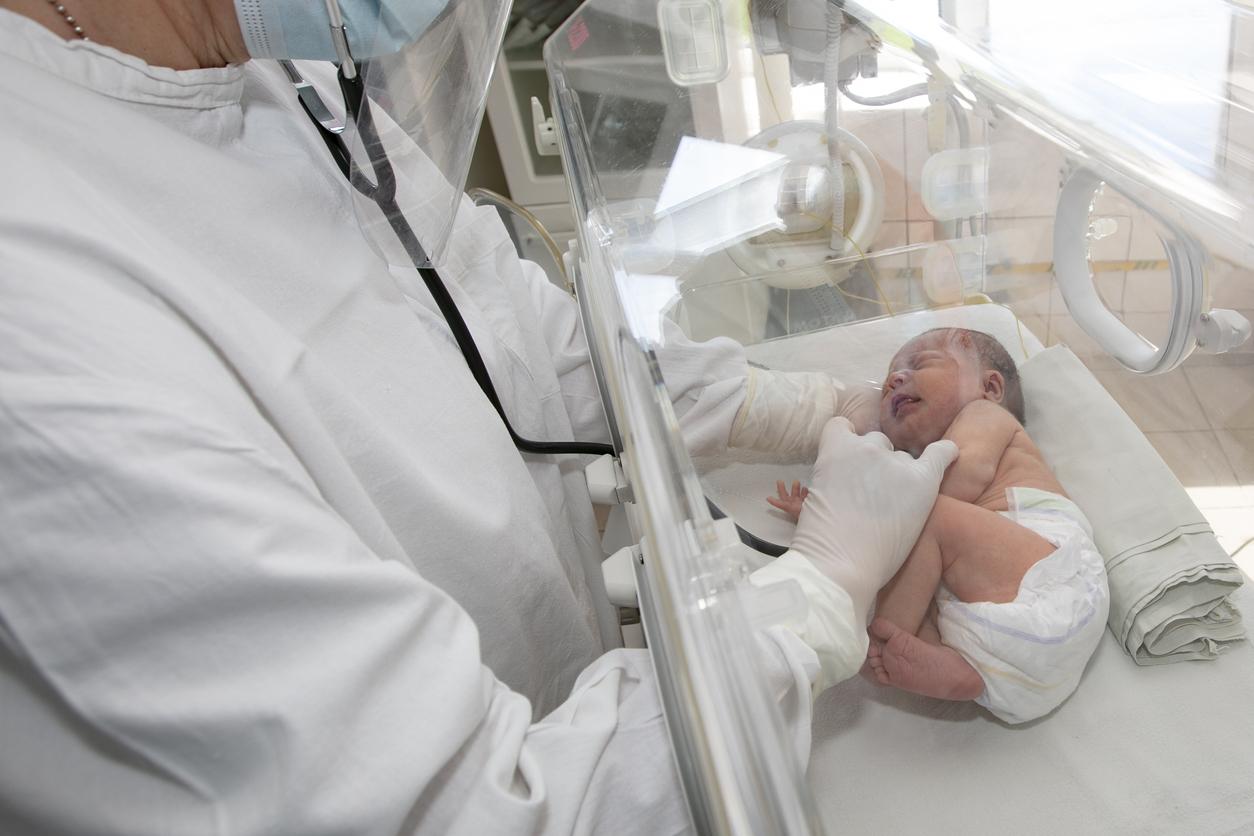The fact of to be born prematurely and / or low body weight has been associated with a risk of high blood pressure, autism, diabetes, or even cardiovascular disease in adulthood.
Published in the scientific journal Arthritis Care & Research, a new study now expands the list, showing that these birth characteristics increase the risk ofhip arthritis.
Children born premature or at too low a weight would require more hip prostheses than the others when they are adults.
“Currently, there is no satisfactory treatment to cureosteoarthritis, said Flavia Cicuttini, lead author of the study. This is what makes it so important to understand the risk factors associated with osteoarthritis, to improve the prevention of this debilitating disease. “
Unmistakable results
The work was carried out on 3,604 people, taking part in the study on diabetes, obesity and Australian lifestyle.
Each of the participants provided their birth weight, whether they were born prematurely and by how long, and whether or not they had a hip and / or knee prosthesis. They were all at least 40 years old when this data was collected.
Of the 3,604 people surveyed, 116 had a knee replacement and 75 had a hip replacement due to osteoarthritis. 122 people were born low weight only, 144 were born prematurely, and 135 were both.
The low birth weight and prematurity were linked to an increase in hip replacement surgery, in other words the fitting of a prosthesis. These results were independent of the person’s age, gender, BMI, educational level, health, and even physical activity.
However, no correlation has been shown between the risk of knee replacement, weight and prematurity at birth.
Reduce the incidence of osteoarthritis
“Our results suggest that individuals born prematurely or with low birth weight are more likely to need hip replacement surgery than others as adults,” Flavia Cicuttini concludes. Findings, identifying those most at risk for osteoarthritis of the hip could help them reduce the incidence of this disease in their future lives, through close monitoring and early intervention. ”








